Aditya-L1
Aditya-L1 is a solar observatory satellite launched by the Indian Space Research Organisation (ISRO).
Sep 1, 2023
·
3 mins read
·
Tejas Holla

Aditya-L1 is a spacecraft designed to study the Sun. It is the first Indian satellite mission to study the Sun. The spacecraft will be launched on September 2, 2023 at 11:50 AM IST from the Satish Dhawan Space Centre in Sriharikota. It will take about four months to reach its destination, the L1 Lagrange point between the Earth and the Sun.
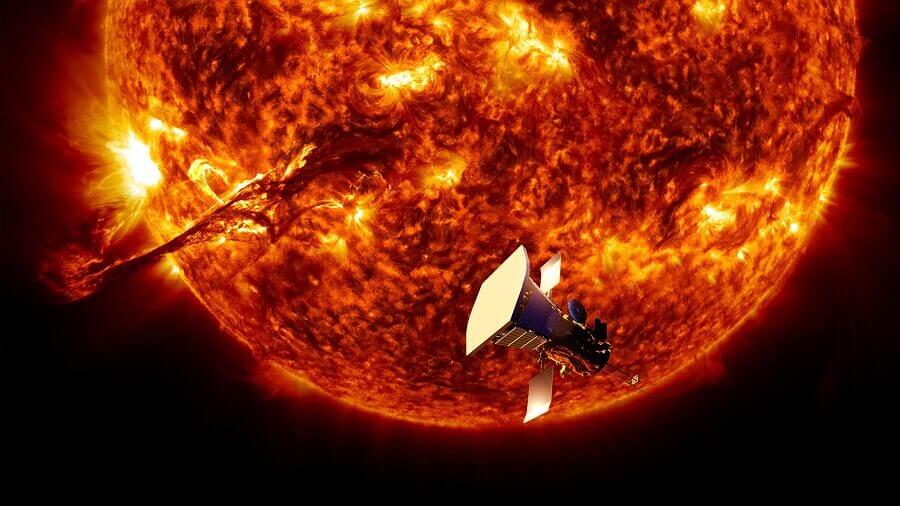
- Aditya-L1 is a solar coronagraph mission of the Indian Space Research Organization (ISRO) that is scheduled to be launched on September 2, 2023.
- The name Aditya is derived from the Sanskrit word for “Sun”.
- The L1 in Aditya-L1 stands for the Sun-Earth Lagrangian Point 1, which is a point in space where the gravitational forces of the Sun and Earth are balanced.
- Aditya-L1 will be placed in a halo orbit around the L1 point, which is about 1.5 million kilometers from Earth.
- The spacecraft will carry seven payloads to study the Sun’s atmosphere, including the photosphere, chromosphere, and corona.
- The objectives of the Aditya-L1 mission are to:
- Understand the structure and dynamics of the solar corona
- Study the origin and evolution of solar flares and coronal mass ejections
- Investigate the relationship between solar activity and space weather
- Aditya-L1 is a fully indigenous mission that is being developed by ISRO with the participation of national institutions.
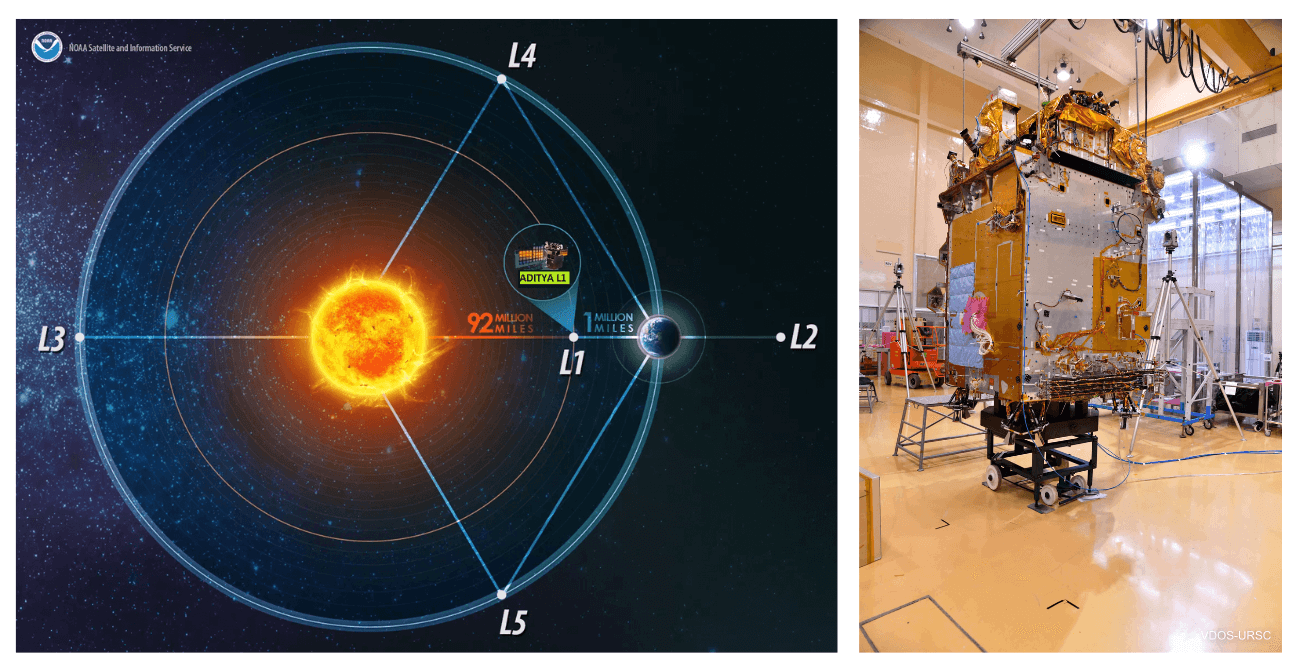
Some additional details about the Aditya-L1 mission
- The spacecraft is about the size of a refrigerator and weighs about 400 kilograms.
- It is powered by solar panels and has a lifespan of five years.
- The payloads on board Aditya-L1 include:
- A coronagraph to image the solar corona. The coronagraph will send 1440 images of the Sun each day
- A spectrometer to study the composition of the solar atmosphere
- A magnetometer to measure the magnetic field of the Sun
- A particle detector to study the solar wind
- Aditya-L1 will be launched by a PSLV-C53 rocket from the Satish Dhawan Space Centre in Sriharikota, India.
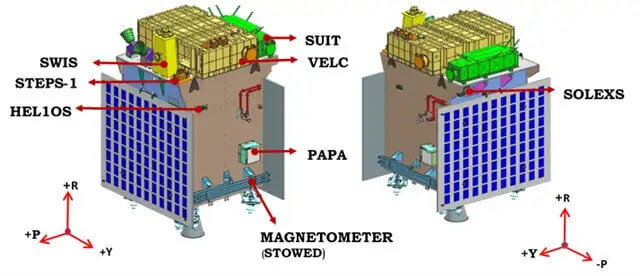
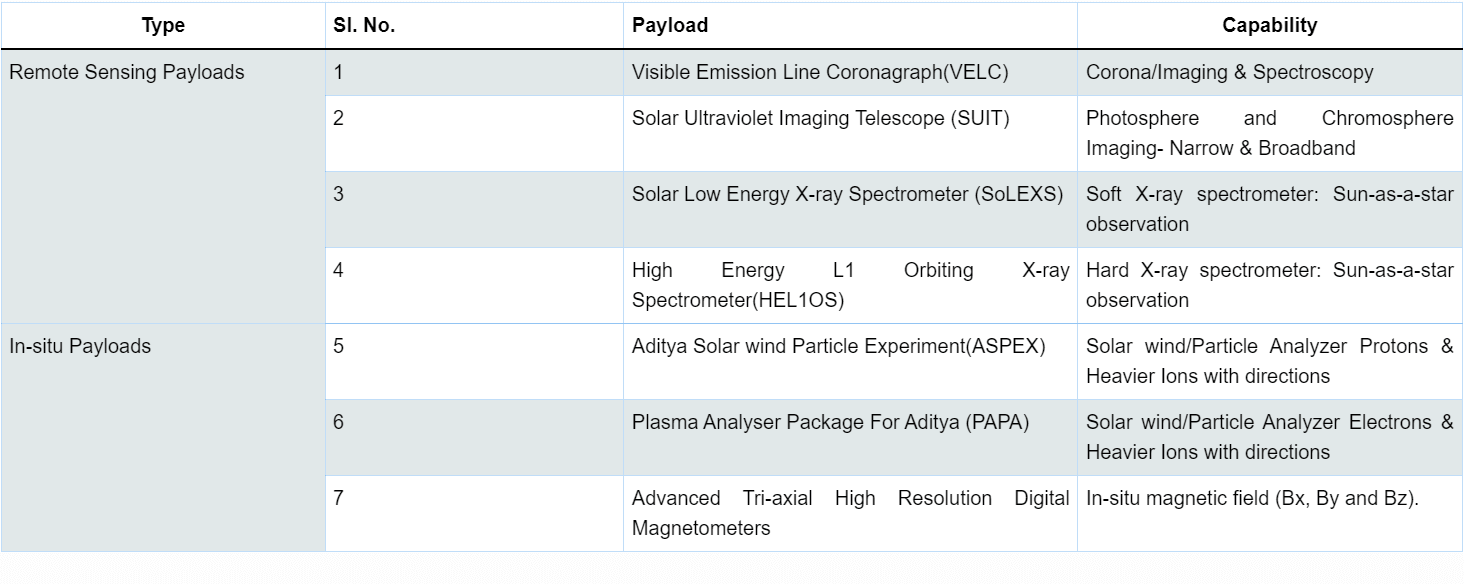
The main objectives of the Aditya-L1 mission are
- Understand the structure and dynamics of the solar corona
- Study the origin and evolution of solar flares and coronal mass ejections
- Investigate the relationship between solar activity and space weather
- The solar corona is the outermost layer of the Sun’s atmosphere. It is a very hot and tenuous plasma, and its dynamics are not well understood. Solar flares and coronal mass ejections are powerful eruptions of energy and matter from the Sun. They can have a significant impact on Earth’s atmosphere and climate. Space weather is the term used to describe the conditions in space that are caused by the Sun. It can affect satellites, spacecraft, and even power grids on Earth.
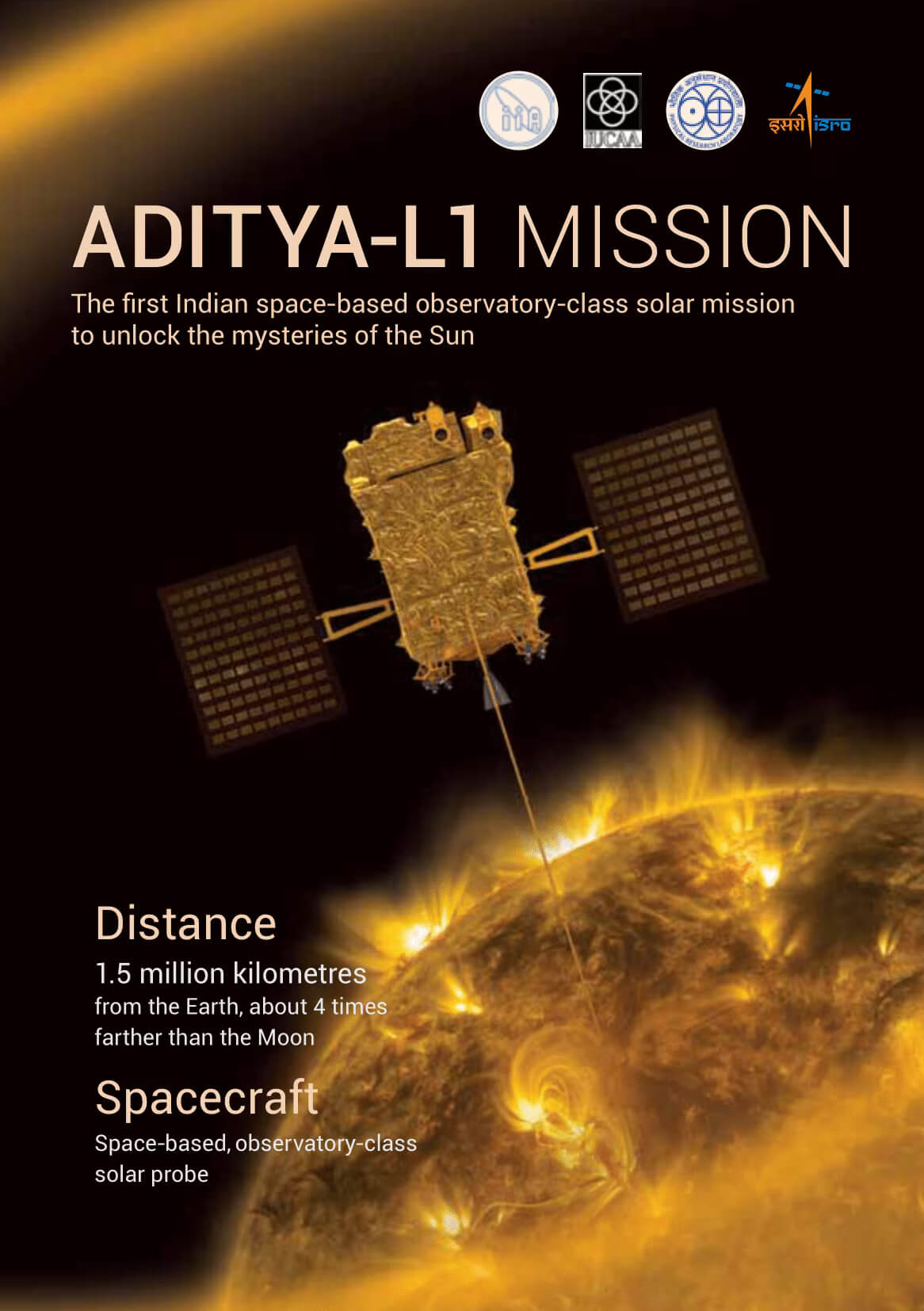
Some specific questions that the Aditya-L1 mission hopes to answer
- What is the mechanism that heats the solar corona?
- What are the triggers for solar flares and coronal mass ejections?
- How do solar storms affect Earth’s atmosphere and climate?
- How can we better predict space weather events?
The Aditya-L1 mission will provide valuable data that will help us to answer these questions and improve our understanding of the Sun. This knowledge will be essential for protecting our planet from the harmful effects of solar storms.

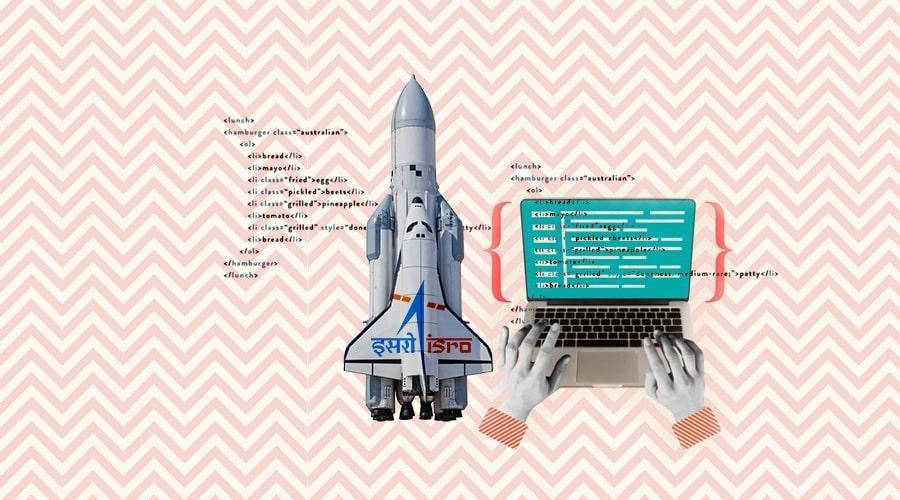

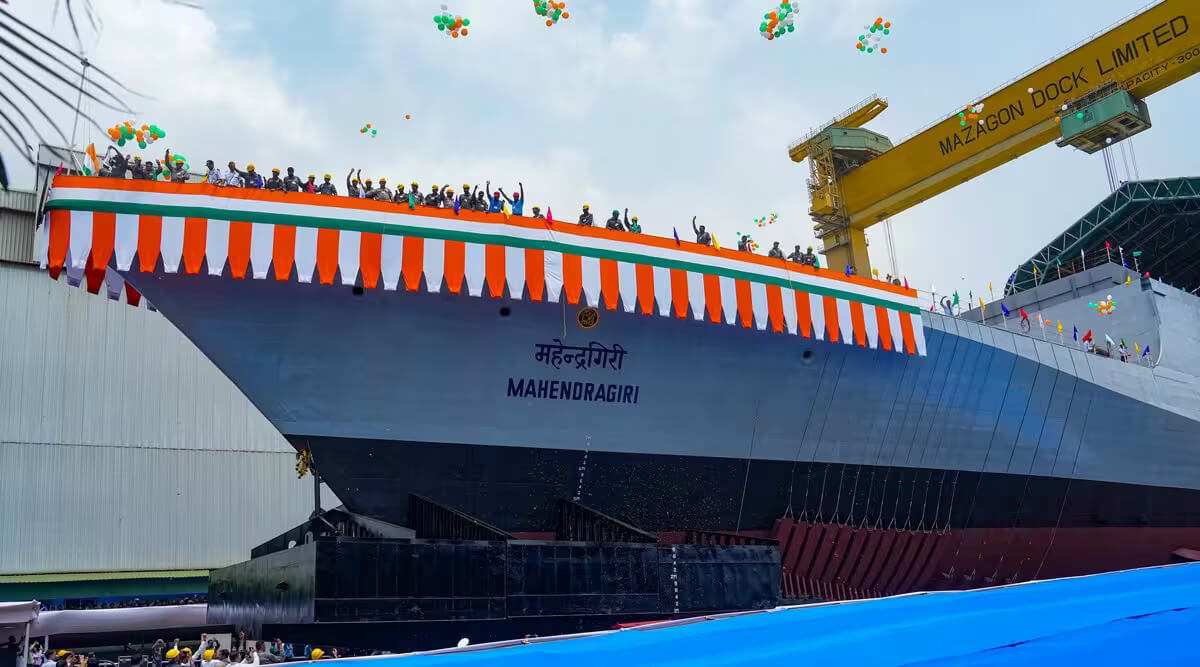

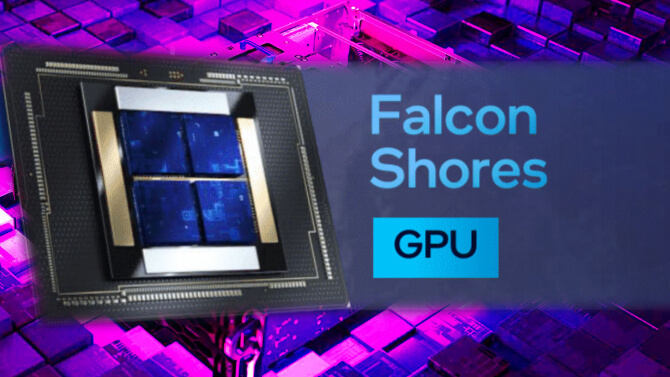
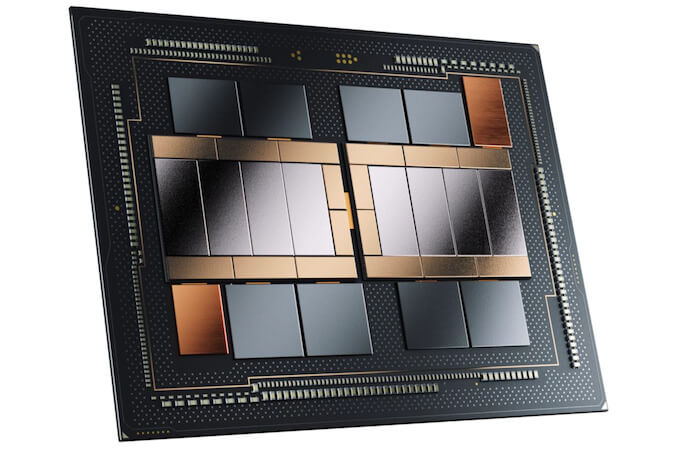




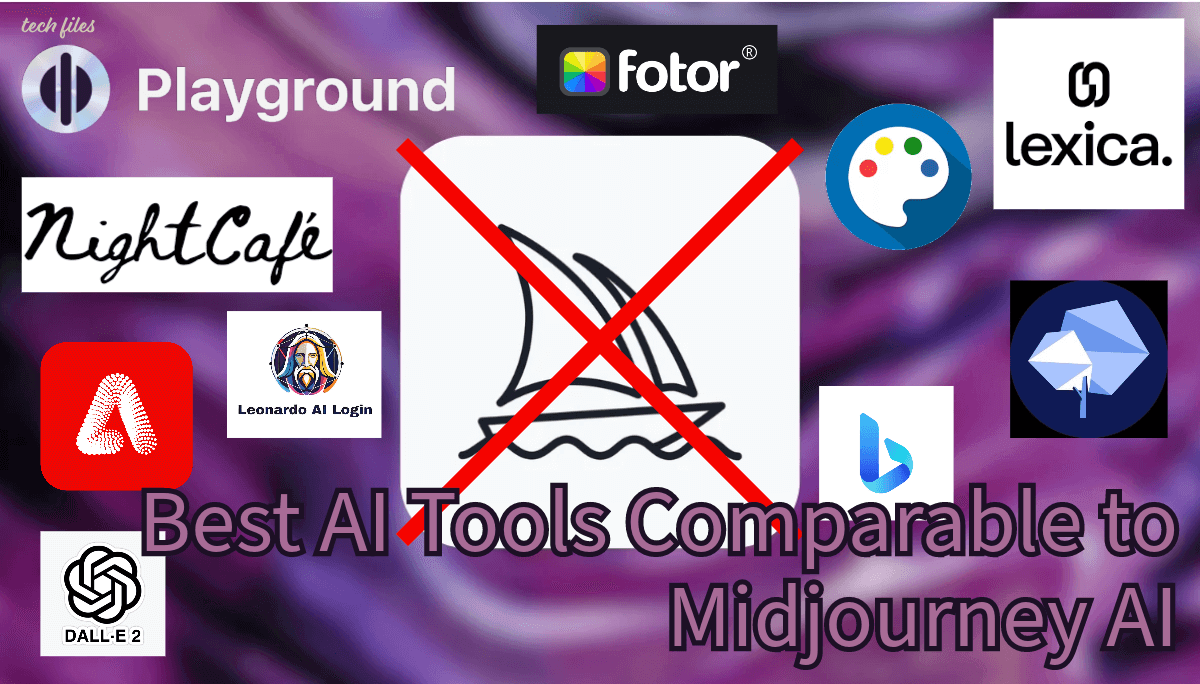

Sharing is caring!